Introduction
Dividend investing is a strategy that focuses on purchasing stocks that consistently pay out a portion of their earnings to shareholders. These dividends provide a reliable stream of passive income, making them an attractive choice for long-term investors seeking financial stability. Over time, reinvesting dividends can lead to significant wealth accumulation through the power of compounding. Among dividend-paying stocks, certain companies stand out for their exceptional consistency in increasing payouts year after year. This elite group includes the Dividend Kings, companies that have raised their dividends for at least 50 consecutive years. These businesses are often characterized by strong financial health, resilient business models, and a commitment to rewarding shareholders—making them a cornerstone of any dividend-focused portfolio. But what exactly makes a Dividend King the reigning champion of passive income? Let’s explore the qualities that define these elite stocks.
What Defines a Dividend King?
A Dividend King is a company that has demonstrated remarkable consistency in rewarding shareholders by increasing its dividend payments for at least 50 consecutive years. These elite firms have weathered economic downturns, recessions, and market volatility while maintaining a steadfast commitment to dividend growth. Their ability to sustain such long-term payouts signals strong financial health, a resilient business model, and a shareholder-friendly approach—qualities that make them highly sought-after investments.
Stability and reliability are two of the most crucial characteristics of Dividend Kings. Unlike companies that occasionally pay dividends, Dividend Kings have a track record of consistent performance, making them ideal for investors seeking passive income and long-term wealth accumulation. Because these companies have proven their ability to adapt and thrive through different market cycles, they are often considered safe havens during times of economic uncertainty.
Notable examples of Dividend Kings include Procter & Gamble (PG), Johnson & Johnson (JNJ), and Coca-Cola (KO)—all of which have continuously increased dividends for decades. These companies operate in industries with steady consumer demand, allowing them to maintain profitability and sustain their dividend policies. Investing in Dividend Kings can provide investors with reliable income and potential capital appreciation, making them a cornerstone of a strong dividend-focused portfolio.
Why Investors Love Dividend Kings
Investors are drawn to Dividend Kings for their remarkable financial stability, consistent passive income, and long-term growth potential. These companies have demonstrated their ability to thrive across economic cycles, providing a reliable stream of dividends regardless of market volatility. Unlike stocks with unpredictable payouts, Dividend Kings have established a legacy of rewarding shareholders with increasing dividends for over 50 consecutive years, making them a trusted choice for income-focused investors.
One of the biggest advantages of investing in Dividend Kings is steady cash flow. Many investors rely on dividends to supplement their income, whether for retirement, reinvestment, or everyday expenses. Since these companies operate in industries with stable demand, their ability to generate predictable earnings and maintain dividend increases offers a dependable source of passive earnings.
Beyond income generation, capital appreciation plays a crucial role in the appeal of Dividend Kings. While these companies prioritize dividend growth, they also tend to experience long-term stock price appreciation. By reinvesting dividends, investors can harness the power of compounding, allowing their wealth to grow exponentially over time. With a track record of financial resilience and shareholder-friendly policies, Dividend Kings remain a cornerstone of a strong, long-term investment strategy.
Top Dividend Kings in the Market
Dividend Kings represent some of the most reliable and successful companies in the stock market. These businesses have consistently increased their dividend payouts for over 50 years, making them attractive choices for long-term investors seeking financial stability and passive income.
Analysis of Top-Performing Dividend Kings
Several companies have earned the Dividend King title due to their exceptional profitability, strong market positioning, and ability to weather economic downturns. Some of the top-performing Dividend Kings include:
- Procter & Gamble (PG) – A household goods giant with a legacy of steady earnings.
- Johnson & Johnson (JNJ) – A leader in healthcare known for reliable dividend growth.
- Coca-Cola (KO) – A global beverage powerhouse that consistently rewards shareholders.
- 3M (MMM) – An industrial company with diversified revenue streams ensuring financial stability.
Key Factors That Make Them Successful
Dividend Kings typically share several characteristics that contribute to their long-term success:
- Strong brand recognition and customer loyalty.
- Resilient business models that perform well across economic cycles.
- Consistent earnings growth allowing for sustained dividend increases.
- Low payout ratios, ensuring dividends remain manageable.
Historical Dividend Yields and Growth Rates
Dividend Kings tend to offer moderate yet steady yields, often ranging between 2% to 5%, depending on market conditions. While their dividend yields may not be the highest, their compounded annual growth rates (CAGR) make them valuable for long-term investors. Over decades, companies like PG, JNJ, and KO have delivered dividend increases averaging 6-10% per year, boosting shareholder wealth through consistent payouts and stock appreciation.
How to Invest in Dividend Kings
Investing in Dividend Kings requires a thoughtful approach to balance yield, growth potential, and risk.
Evaluating Dividend Yield vs. Growth Potential
When choosing Dividend Kings, investors should weigh:
- Dividend yield: Higher yields provide immediate income but may indicate slower future growth.
- Growth potential: Companies with lower yields but high dividend growth can maximize long-term returns.
Risks and Rewards of Investing in Dividend Kings
While Dividend Kings offer stability, they are not risk-free:
- Rewards: Long-term financial growth, passive income, and portfolio resilience.
- Risks: Potential stagnation in growth, sensitivity to interest rate changes, and sector-specific challenges.
Strategies for Long-Term Dividend Investing
To make the most of Dividend Kings:
- Diversify across industries to minimize risk.
- Reinvest dividends for compounded returns.
- Monitor financial health to ensure sustainability of payouts.
- Consider valuation, ensuring stocks are not overpriced before investing.
By understanding the fundamentals of Dividend Kings, investors can make informed choices to build a stable, income-generating portfolio. Would you like any adjustments or deeper analysis on specific companies?
Conclusion
Dividend Kings stand as a testament to financial resilience, offering investors a dependable source of passive income and long-term wealth growth. Their ability to sustain 50+ years of consecutive dividend increases makes them a cornerstone of stability, especially during market volatility. While these elite stocks are widely regarded as reliable investments, it remains crucial for investors to conduct thorough research, evaluate dividend sustainability, and consider growth potential before making investment decisions. A diversified, well-informed approach ensures that dividend investing remains a powerful strategy for building financial security. By understanding the strengths and risks associated with Dividend Kings, investors can confidently create a portfolio that balances income, stability, and growth potential for years to come. 🚀
🚀 The Ultimate Dividend Investing Hub 💰
Looking to build wealth through dividends? 📈 Explore these expert insights:
🏆 Top Dividend Stocks & Investing Strategies
💰 Dividend Aristocrats & High-Yield Kings
📊 Dividend Funds & Passive Income Moves
🔗 Bookmark this guide & start stacking dividends today! 🚀💸
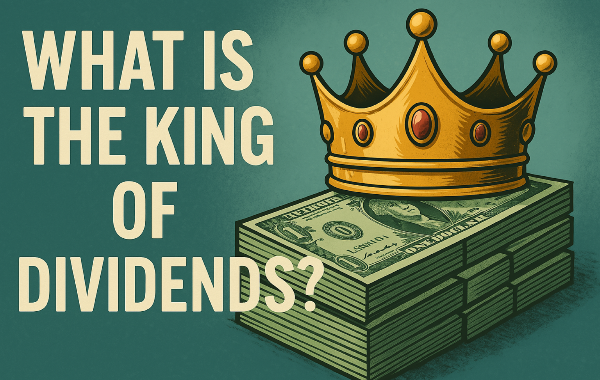

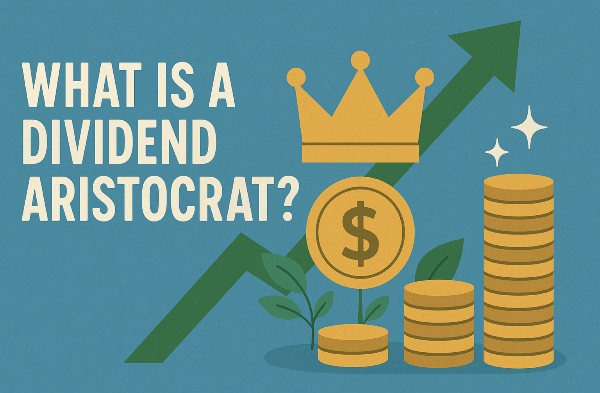
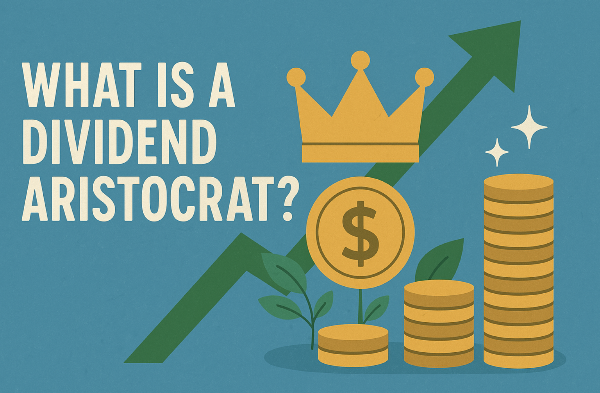
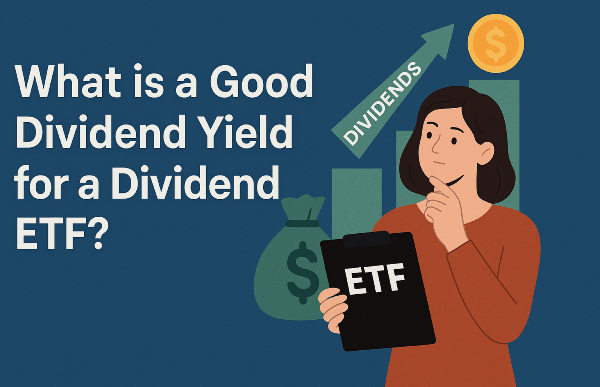
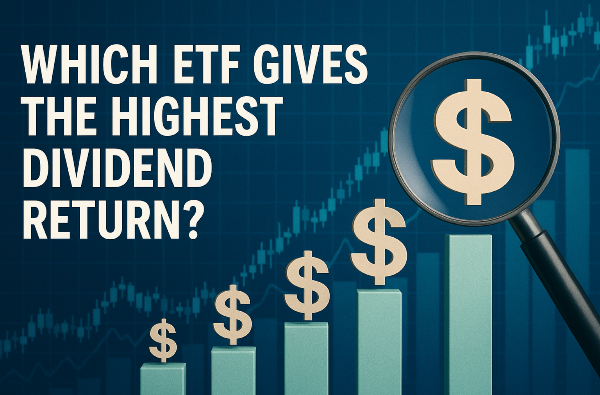


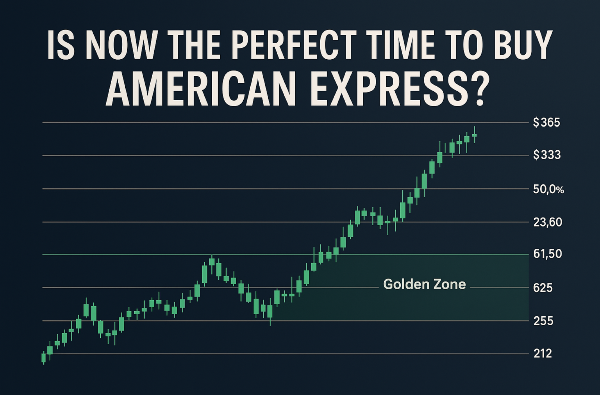
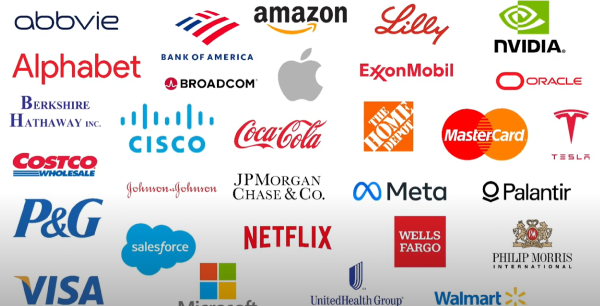
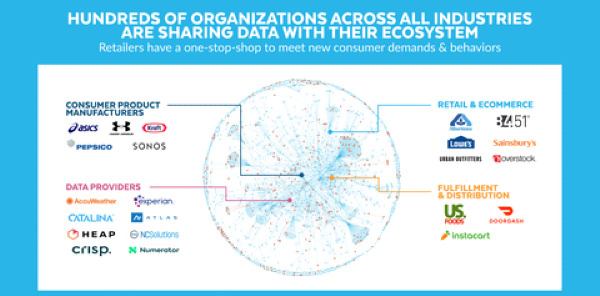
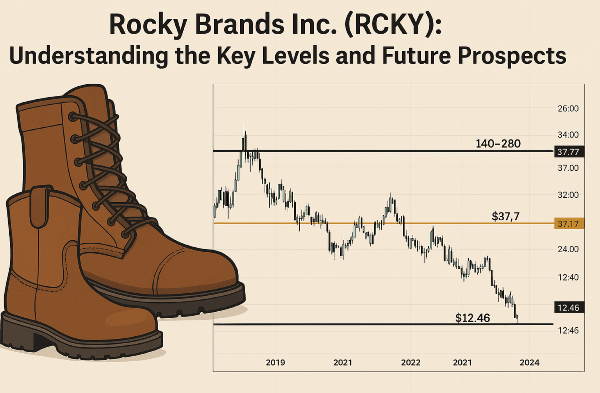


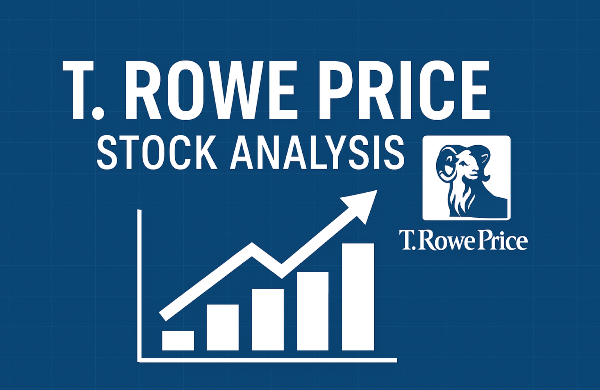


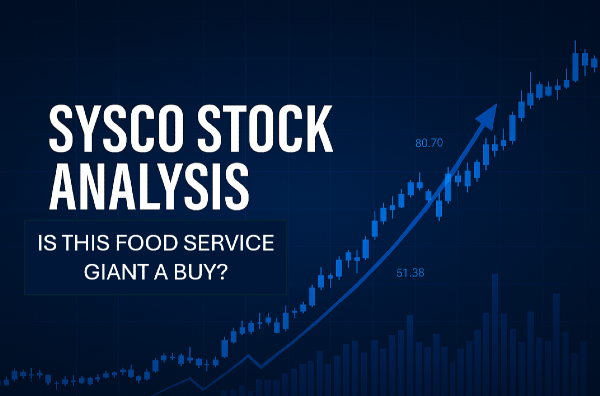
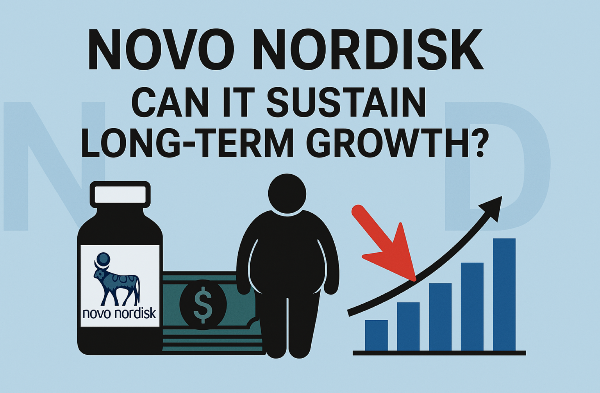

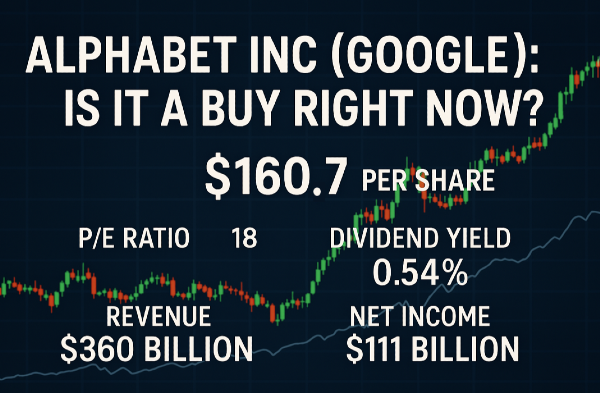









Introduction
Dividend investing is a strategy that focuses on purchasing stocks that consistently pay out a portion of their earnings to shareholders. These dividends provide a reliable stream of passive income, making them an attractive choice for long-term investors seeking financial stability. Over time, reinvesting dividends can lead to significant wealth accumulation through the power of compounding. Among dividend-paying stocks, certain companies stand out for their exceptional consistency in increasing payouts year after year. This elite group includes the Dividend Kings, companies that have raised their dividends for at least 50 consecutive years. These businesses are often characterized by strong financial health, resilient business models, and a commitment to rewarding shareholders—making them a cornerstone of any dividend-focused portfolio. But what exactly makes a Dividend King the reigning champion of passive income? Let’s explore the qualities that define these elite stocks.
What Defines a Dividend King?
A Dividend King is a company that has demonstrated remarkable consistency in rewarding shareholders by increasing its dividend payments for at least 50 consecutive years. These elite firms have weathered economic downturns, recessions, and market volatility while maintaining a steadfast commitment to dividend growth. Their ability to sustain such long-term payouts signals strong financial health, a resilient business model, and a shareholder-friendly approach—qualities that make them highly sought-after investments.
Stability and reliability are two of the most crucial characteristics of Dividend Kings. Unlike companies that occasionally pay dividends, Dividend Kings have a track record of consistent performance, making them ideal for investors seeking passive income and long-term wealth accumulation. Because these companies have proven their ability to adapt and thrive through different market cycles, they are often considered safe havens during times of economic uncertainty.
Notable examples of Dividend Kings include Procter & Gamble (PG), Johnson & Johnson (JNJ), and Coca-Cola (KO)—all of which have continuously increased dividends for decades. These companies operate in industries with steady consumer demand, allowing them to maintain profitability and sustain their dividend policies. Investing in Dividend Kings can provide investors with reliable income and potential capital appreciation, making them a cornerstone of a strong dividend-focused portfolio.
Why Investors Love Dividend Kings
Investors are drawn to Dividend Kings for their remarkable financial stability, consistent passive income, and long-term growth potential. These companies have demonstrated their ability to thrive across economic cycles, providing a reliable stream of dividends regardless of market volatility. Unlike stocks with unpredictable payouts, Dividend Kings have established a legacy of rewarding shareholders with increasing dividends for over 50 consecutive years, making them a trusted choice for income-focused investors.
One of the biggest advantages of investing in Dividend Kings is steady cash flow. Many investors rely on dividends to supplement their income, whether for retirement, reinvestment, or everyday expenses. Since these companies operate in industries with stable demand, their ability to generate predictable earnings and maintain dividend increases offers a dependable source of passive earnings.
Beyond income generation, capital appreciation plays a crucial role in the appeal of Dividend Kings. While these companies prioritize dividend growth, they also tend to experience long-term stock price appreciation. By reinvesting dividends, investors can harness the power of compounding, allowing their wealth to grow exponentially over time. With a track record of financial resilience and shareholder-friendly policies, Dividend Kings remain a cornerstone of a strong, long-term investment strategy.
Top Dividend Kings in the Market
Dividend Kings represent some of the most reliable and successful companies in the stock market. These businesses have consistently increased their dividend payouts for over 50 years, making them attractive choices for long-term investors seeking financial stability and passive income.
Analysis of Top-Performing Dividend Kings
Several companies have earned the Dividend King title due to their exceptional profitability, strong market positioning, and ability to weather economic downturns. Some of the top-performing Dividend Kings include:
Key Factors That Make Them Successful
Dividend Kings typically share several characteristics that contribute to their long-term success:
Historical Dividend Yields and Growth Rates
Dividend Kings tend to offer moderate yet steady yields, often ranging between 2% to 5%, depending on market conditions. While their dividend yields may not be the highest, their compounded annual growth rates (CAGR) make them valuable for long-term investors. Over decades, companies like PG, JNJ, and KO have delivered dividend increases averaging 6-10% per year, boosting shareholder wealth through consistent payouts and stock appreciation.
How to Invest in Dividend Kings
Investing in Dividend Kings requires a thoughtful approach to balance yield, growth potential, and risk. Evaluating Dividend Yield vs. Growth Potential When choosing Dividend Kings, investors should weigh:
Risks and Rewards of Investing in Dividend Kings While Dividend Kings offer stability, they are not risk-free:
Strategies for Long-Term Dividend Investing To make the most of Dividend Kings:
By understanding the fundamentals of Dividend Kings, investors can make informed choices to build a stable, income-generating portfolio. Would you like any adjustments or deeper analysis on specific companies?
Conclusion
Dividend Kings stand as a testament to financial resilience, offering investors a dependable source of passive income and long-term wealth growth. Their ability to sustain 50+ years of consecutive dividend increases makes them a cornerstone of stability, especially during market volatility. While these elite stocks are widely regarded as reliable investments, it remains crucial for investors to conduct thorough research, evaluate dividend sustainability, and consider growth potential before making investment decisions. A diversified, well-informed approach ensures that dividend investing remains a powerful strategy for building financial security. By understanding the strengths and risks associated with Dividend Kings, investors can confidently create a portfolio that balances income, stability, and growth potential for years to come. 🚀
🚀 The Ultimate Dividend Investing Hub 💰
Looking to build wealth through dividends? 📈 Explore these expert insights:
🏆 Top Dividend Stocks & Investing Strategies
💰 Dividend Aristocrats & High-Yield Kings
📊 Dividend Funds & Passive Income Moves
🔗 Bookmark this guide & start stacking dividends today! 🚀💸